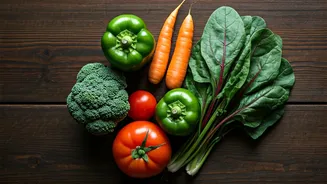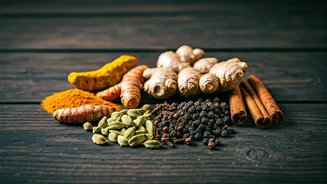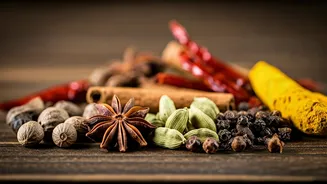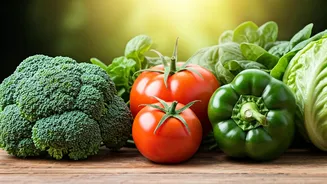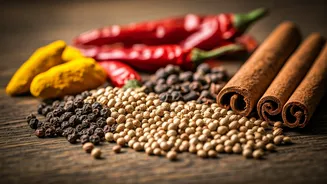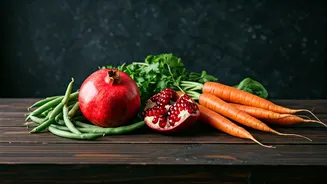Grains: The Foundation
Grains form the base of many Indian meals and are essential for providing energy. Rice, particularly brown rice, is a staple, offering fiber and essential nutrients.
Rotis and chapatis made from whole wheat flour are also excellent choices, providing sustained energy and supporting digestive health. Millets, like ragi and jowar, are making a comeback due to their high fiber content and ability to control blood sugar levels. These grains not only provide energy but also contribute significantly to the daily intake of vital nutrients, making them a cornerstone of a balanced Indian diet. Consuming a variety of grains helps ensure that you get a range of nutrients crucial for maintaining overall health. The versatility of grains allows them to be incorporated into numerous dishes, making healthy eating both easy and enjoyable.
Pulses: Protein Powerhouses
Pulses, including lentils and beans, are a vital source of protein in Indian cuisine, playing a crucial role in muscle repair and overall health. Various types of dals, such as masoor dal, chana dal, and moong dal, are commonly consumed. These are not only rich in protein but also in fiber, which aids digestion and promotes a feeling of fullness. Pulses are packed with essential amino acids, making them a complete protein source when combined with grains. They are also low in fat and packed with minerals such as iron and folate. Regular consumption of pulses supports a strong immune system and helps manage cholesterol levels. Their versatility allows them to be included in various dishes, from simple soups to complex curries, making it easier to meet your daily protein needs.
Vegetables: Colorful Nutrition
Indian cuisine makes extensive use of a wide array of vegetables, each offering unique health benefits. Leafy greens like spinach (palak) and fenugreek (methi) are rich in vitamins and minerals, promoting eye health and bone strength. Cruciferous vegetables such as cauliflower (gobhi) and cabbage (patta gobhi) are excellent sources of antioxidants, which protect cells from damage. Root vegetables like carrots (gajar) and beetroot (chukandar) provide vital nutrients and enhance the taste and nutritional value of various dishes. These vegetables are not only packed with vitamins and minerals but also provide dietary fiber, contributing to digestive health and helping to maintain a healthy weight. Including a variety of vegetables in your daily diet ensures that you get a broad spectrum of nutrients necessary for optimal health.
Spices: Flavor and Benefits
Indian spices do more than just add flavor; they offer significant health benefits. Turmeric, known for its active compound curcumin, possesses potent anti-inflammatory properties, promoting overall well-being. Ginger and garlic are revered for their digestive and immune-boosting properties. Cumin (jeera) helps with digestion and enhances the flavor of many dishes. Coriander (dhania) aids in digestion and provides essential nutrients. The use of these spices not only makes food more flavorful but also enhances its nutritional value. They can help in fighting infections, reducing inflammation, and boosting the body's natural defenses. Including a variety of spices in your daily diet is an excellent way to boost your health and enjoy the flavors of Indian cuisine.
Healthy Cooking Methods
The way food is prepared can significantly impact its health benefits. Traditionally, Indian cooking methods focus on minimizing the use of oil and maximizing the nutritional value of ingredients. Steaming and boiling are excellent options for preserving nutrients. Stir-frying vegetables at high heat helps retain their texture and vitamins. Using techniques like tadka (tempering spices in oil) infuses flavor without overusing fats. Opting for healthier oils like mustard oil, olive oil, or ghee in moderation can enhance the nutritional profile of your dishes. Reducing the amount of deep-fried foods and embracing cooking methods that retain nutrients will make Indian cuisine even more beneficial for your health. Being mindful of these cooking methods ensures that you make the most of the ingredients while also contributing to a healthier lifestyle.

